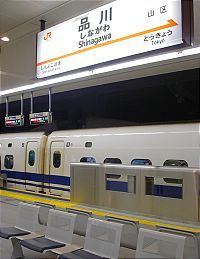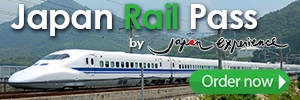Tokaido/Sanyo Shinkansen Changes
On October 1, 2003, several changes were introduced to the Tokaido/Sanyo Shinkansen, Japan's most important bullet train line which connects Tokyo, Nagoya, Kyoto, Osaka, Hiroshima and Fukuoka's Hakata Station.
While the changes greatly improved the nozomi service (the fastest of three train categories on the Tokaido/Sanyo Shinkansen), they reduced the attractiveness of the hikari service (the second fastest of the three train categories), which is not particularly good news for holders of the Japan Rail Pass, as the pass remains invalid on nozomi trains.

|
   |
|
|
|
|
More Nozomi - Less Hikari
The number of nozomi was increased from a maximum of three to a maximum of seven trains per hour, while the number of hikari was decreased from a maximum of six to a maximum of two trains per hour. There are now no more direct hikari trains that run all the way from Tokyo to Hakata. The nozomi gets cheaper
Non-reserved seating on the nozomi introduced
Shinagawa Station opened for shinkansen
Ogori Station becomes Shin-Yamaguchi Station
|

